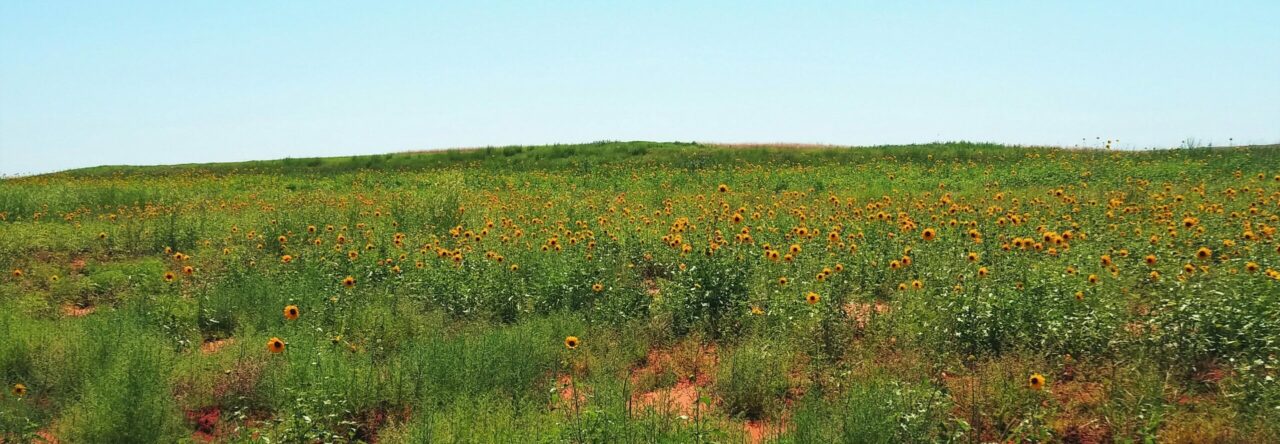EDCI 335
My group’s interactive learning design subject is The Water Cycle, and we have chosen to specify the resources to fit the BC grade 2 science curriculum. I decided to use the following video for this post:
https://www.youtube.com/watch?v=TD3XSIE4ymo.
This video is about a 7-minute video, before any pausing. This video encourages a fair amount of interaction, it is not only developed with great kid-friendly graphics and the voice-over effect is excellent and very engaging. This video encourages a lot of interaction for the viewers, it instructs the learners to brainstorm and self-reflect on ways they can better support the water cycle in their own lives, homes and communities. It also prompts recall questions which are great as they help encourage review, engagement and check to understand. However; there are no required activities or questions that have to be answered for the video to proceed so the level of engagement with this video can be very learner/viewer directed.
I think the video is excellent, but I think adding some required interactive discussion questions, or activities to complete would help improve this video, by ensuring learner engagement and understanding of videos’ the material. A great way to do this could be to use EDpuzzel, a tool we are using to develop our interactive resources. Edpuzzle is an online video editing program that allows you to take already finished videos and edit them to add elements of engagement for the watcher/learner.
Learner-generated responses to this video would be peer discussions, and students taking action. This video encourages making environmentally sound changes in our lives to support the water cycle, students will take the ideas from the video home educate their families and follow the video suggestions.
Since this video covers the water cycle in depth, I think it could be used in two ways: to introduce the topic at the start of the unit or to recap and recall the subject. What I would have students do after this video is created their own model of the water cycle. This could be done through drawing on paper or even virtually. I would recommend using CANVA for students to create a virtual water cycle model, as this program has pre-made icons and the ability to create virtual designs and add text. What I like about the virtual models is that they could be used to make videos and be further developed throughout the unit.
A great way to get feedback from their models is by having students share their work with peers and see if they are able to understand and follow the model they created. And an educator could view the models draw or virtual and ensure the information is clear follows the correct patter of the water cycle and has all the key stages included (students could ensure they have the info correct by following the video as they work on the assignment). This activity can be completely supported by the information in the video so students should be able to complete this activity with little prior knowledge on the topic otherwise. This activity would be very student guided so it would require support from the teacher (being there to answer possible questions), but students would have the freedom for what they want their water cycle to look like and how they would want to develop this so it would be very manageable for both students and teachers. This activity could be done in groups or individual so it would fit for a bunch of situations.
Cheers!
Morgan

Leave a Reply